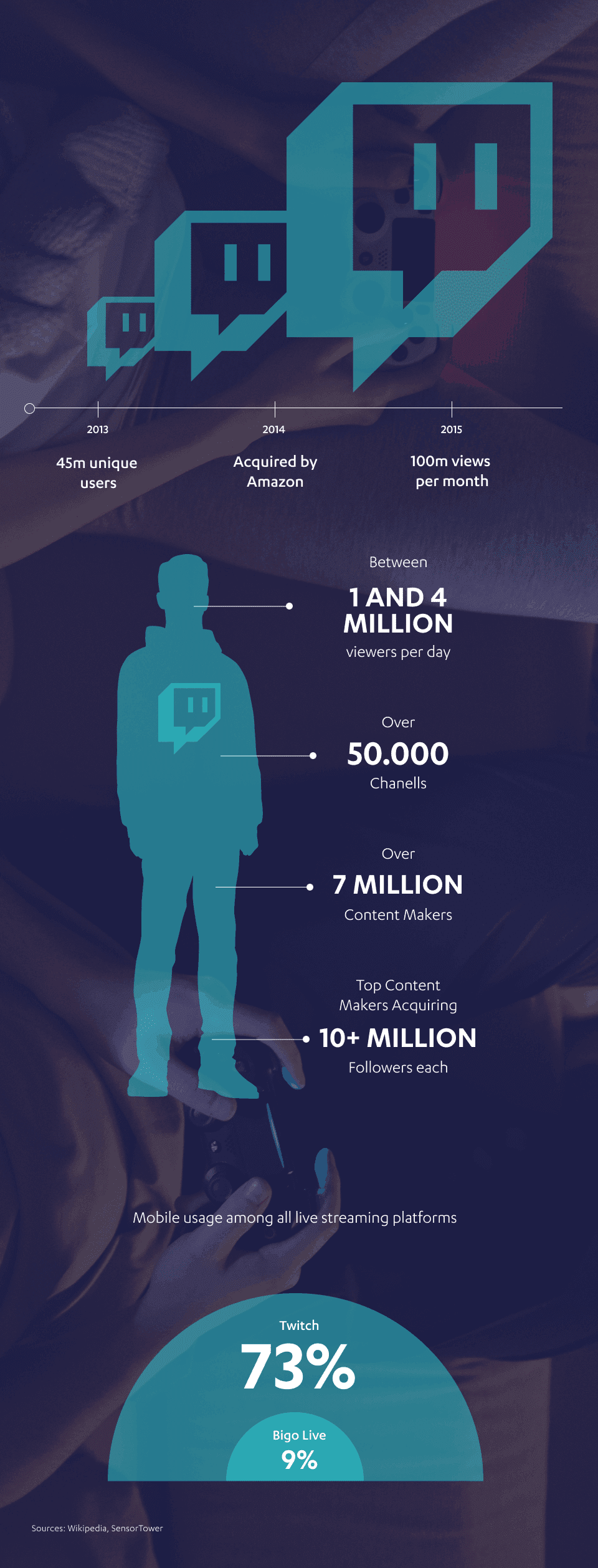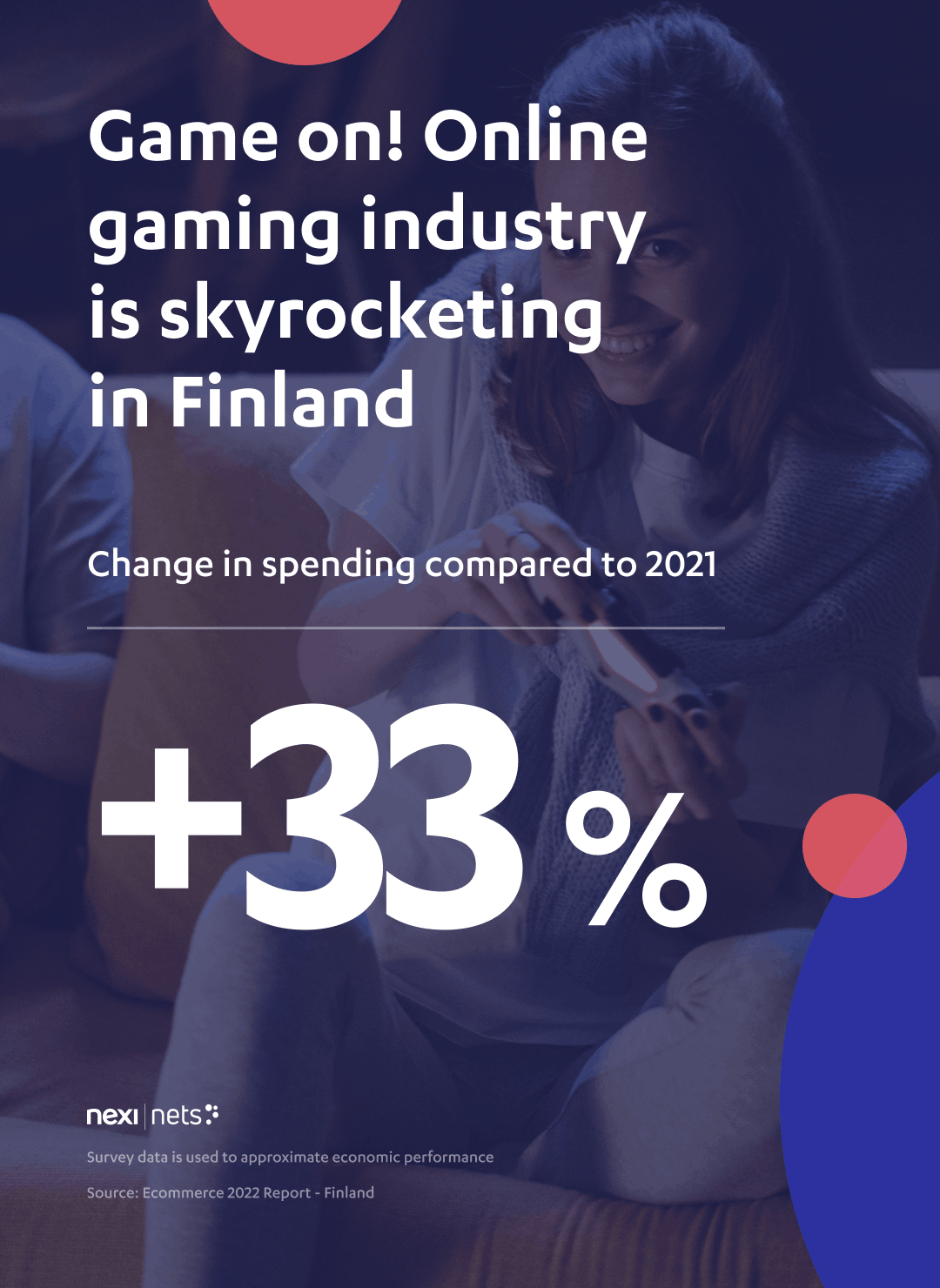The New Tech Round the Corner is Already Here
We live in a world of new tech and the gaming industry has always been at the forefront of both the development and the application of it.
Virtual reality (VR) is one of the bigger things to make the jump from science fiction to reality. Put on a headset, connect it to your computer and there you go: an entire virtual world you can move around in and interact with. Immersive, indeed! The price point is still steep enough to keep VR gaming “niche”, but developments in technology are expected to soon break that barrier, making VR gaming exceptionally affordable.
Augmented reality (AR) technology allows for virtual elements to be overlaid on the real world. Gamers look through special glasses or their mobile device’s cameras in order to see and hear things the game has added to their immediate vicinity. The massively popular Pokemon GO game, with thousands of people going for walks around their neighborhood to hunt Pokemon and engage in battles with other players, is the best-known example of this in gaming.
Artificial intelligence (AI) has for quite some time been of interest to the global industry and market. Recent developments regarding AI used for creating images or text generation has pushed the area to the forefront. In gaming, an AI component of a game could react to more things a player might try to do than an army of programmers could think of and program into the game beforehand.
Smooth and engaging are some of the words most often used with regard to a gamer’s user experience, and this can be easily applied to any other e-commerce.
Experience, Experience, Experience
User experience makes or breaks a game. If a player doesn’t enjoy not just the content of your game but also how he interacts with the game itself, they’ll go look for something else, something better.
Smooth and engaging are some of the words most often used with regard to a gamer’s user experience, and this can be easily applied to any other e-commerce. No matter which goods, products, or services you sell online, customers will appreciate it if they can easily discover what’s on offer, what’s in stock, what the delivery options and payment plans are, and if the shopping experience is fast and frictionless, with a minimum number of clicks necessary to get the item from their shopping basket to their front door.
Reviewing and Monitoring KPIs
ARPU is the Average revenue per user (ARPU) is a KPI that is the cornerstone of any projections regarding future growth and planning for a game. The math is simple, but the significance cannot be overstated: divide total revenue, which includes everything from one time download fees to monthly subscriptions to in-game purchases by players, by a game’s total user base, and both you and your investors will immediately know how much value your users put in the game.
The Lifetime value (LTV), i.e. the total monetary value of a single gamer over the time span of playing your game, informing you how much you should spend on your efforts to acquire a single new customer while still staying profitable.
Retention rate monitoring is also paramount – comparing total number of customers in two consecutive time periods for a general impression or getting more specific by separating customers into cohorts.
Losing customers is also an inevitability, but so is tracking this indicator. In the gaming industry, it is the Churn rate that tracks how many players are no longer playing your game.
And, of course, the Conversion rate: the ability to turn free users into paying users.
Now, read all that again, with customers and clients in places of gamers and users, and you have all the insight you need into designing an online sales experience that is as smooth and engaging as can be.












